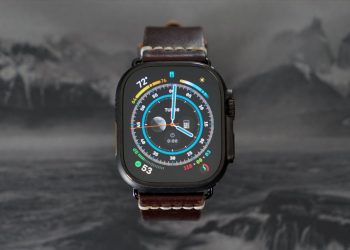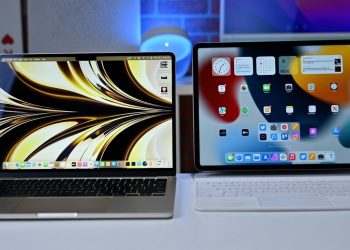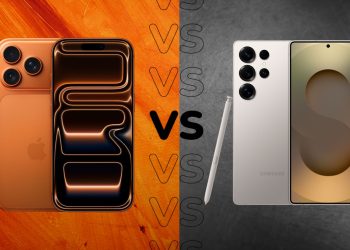Apple is preparing to launch the long-rumored iPhone Fold in 2026, marking its entry into the foldable phone market. According to Bloomberg’s Mark Gurman, the device—also rumored as the iPhone Flip—will arrive alongside a three-year roadmap that redefines Apple’s smartphone strategy.
The timeline begins in 2025 with the iPhone 17 and the new iPhone Air, a super-thin model that replaces the Plus version. This slimmer device will debut Apple’s in-house C1 modem chip. But the real transformation comes in 2026 with Apple’s first foldable.
iPhone Fold design and features
The iPhone Fold is expected to open like a book, revealing a larger inner display similar to Samsung’s Galaxy Z Flip 7 or Google’s Pixel 9 Pro Fold. Analyst Ming-Chi Kuo predicts it will measure between 9mm and 9.5mm thick when folded, and just 4.5mm to 4.8mm when opened.
Apple plans to equip the foldable with four cameras: one on the outer screen, one inside, and two on the back. The main rear camera should capture higher-resolution photos, while the second rear lens could support ultra-wide or telephoto shots. This configuration suggests that the foldable will deliver a full iPhone experience, whether folded or open.
Touch ID replaces Face ID
Apple is expected to remove the SIM card slot, relying entirely on its in-house modem for connectivity. The iPhone Fold will also bring back Touch ID in place of Face ID. This shift is due to space constraints: Apple’s TrueDepth camera system for Face ID would be too bulky for the thin foldable design. The compact fingerprint sensor makes Touch ID the logical choice.
Pricing challenges
Apple’s pricing strategy may determine the iPhone Fold’s success. Android foldables from Samsung and Google already range from $899 for budget models to nearly $2,000 for premium devices. Given Apple’s premium history, its foldable is unlikely to launch cheaply. Gurman notes the first model will come in black or white, with suppliers preparing for mass production in early 2026 ahead of a fall release.
Apple’s roadmap: 2025 to 2027
The foldable is part of Apple’s broader reinvention plan. After the 2026 launch, 2027 will mark the iPhone’s 20th anniversary. Apple plans a major design overhaul with curved glass edges, moving away from the squared-off look introduced in 2020. This design shift complements the upcoming Liquid Glass interface in iOS 26, which adds rounded, translucent visuals that mimic layered glass.
Conclusion
The arrival of the iPhone Fold signals one of the most significant shifts in Apple’s history. With a foldable display, Touch ID, a four-camera system, and a premium build, Apple is positioning itself to compete with Samsung and Google in a rapidly evolving market. The next three years promise a bold reinvention, ensuring the iPhone remains a cornerstone of mobile innovation.













